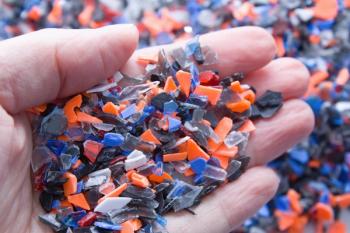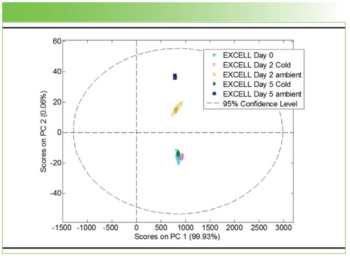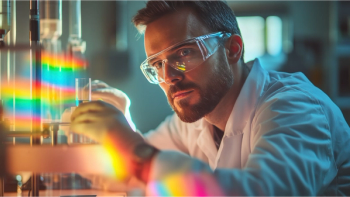
- Special Issues-02-01-2020
- Volume 35
- Issue 2
Introduction to the Raman Spectroscopy Terminology Guide
The Raman Terminology Guide you now have before you is a comprehensive set of definitions for topics of interest to molecular spectroscopists and those specifically using Raman spectroscopy in their daily work. This guide includes the types of Raman spectroscopy techniques and many terms related to the applications of Raman spectroscopy instruments. This terminology guide includes definitions for more than 250+ molecular spectroscopy terms in sufficient detail to provide readers with a reasonable understanding of the concepts covered.
The enthusiastic responses to previous terminology guides has led the editors of Spectroscopy to develop a similar guide for Raman spectroscopy, initially focusing on those terms related to Raman and to molecular spectroscopy. Such a guide would include the types of Raman spectroscopy methods and many terms related to the various Raman techniques, basic nomenclature and concepts, data processing, instrumentation, and the many applications of Raman instruments. In addition, it would include some data and computer terms, some statistical data analysis terms, and the essential chemometric terms for typical data preprocessing and calibration. The Raman Terminology Guide you now have before you is a comprehensive set of definitions for topics of interest to molecular spectroscopists and those specifically using Raman spectroscopy in their daily work. This guide includes the types of Raman spectroscopy techniques and many terms related to the applications of Raman spectroscopy instruments. This terminology guide includesdefinitions for more than 250+ molecular spectroscopy terms in sufficient detail to provide readers with a reasonable understandingof the concepts covered. In addition to using this guide, spectroscopists may also wish to know the definitions given by various organizations for many spectroscopic terms; for these, one may refer to The ACS Style Guide, the American Society for Testing and Materials (ASTM) terminology guides, United States Pharmacopeia (USP) documents, or the International Union of Pure and Applied Chemistry (IUPAC) guidance documents.
This terminology guide is not intended to be highly theoretical, or all-inclusive in its coverage. For example, we have elected not to cover every possible term used in Raman spectroscopic instrumentation, measurement, data handling, and validation, nor to go too deep into theoretical or complex Raman phenomena. Instead, we have chosen to include most terms that may be encountered in everyday laboratory work where Raman and infrared spectroscopy are in general use. Terms included for Raman techniques are: Brillouin scattering, coherent anti-Stokes Raman spectroscopy (CARS), coherent Raman scattering, Breit-Wigner-Fano resonance, far-field Raman spectroscopy, Fermi resonance, hyperspectral imaging, plasmons, Raman effect, Raman intensity function, Raman rotationalspectroscopy, Raman vibrational spectroscopy, resonance Raman spectroscopy (RRS), shifted excitation Raman difference spectroscopy (SERDS), stimulated Raman, spatially offset Raman spectroscopy (SORS), spontaneous Raman spectroscopy, stimulated Raman spectroscopy (SRS), surface-enhanced Raman spectroscopy (SERS), surface-enhanced resonance Raman spectroscopy (SERRS), surface-enhanced spatially offset Raman spectroscopy (SESORS), surface plasmon polariton enhanced Raman spectroscopy(SPPERS), tip-enhanced Raman spectroscopy (TERS), and two-dimensional (2D) correlation spectroscopy. This glossary should be helpful to both novice and advanced users, serving as a useful reference to even the most experienced in the field.
Articles in this issue
almost 6 years ago
Spectroscopy February 2020 Raman Spectroscopy Terminology GuideNewsletter
Get essential updates on the latest spectroscopy technologies, regulatory standards, and best practices—subscribe today to Spectroscopy.




